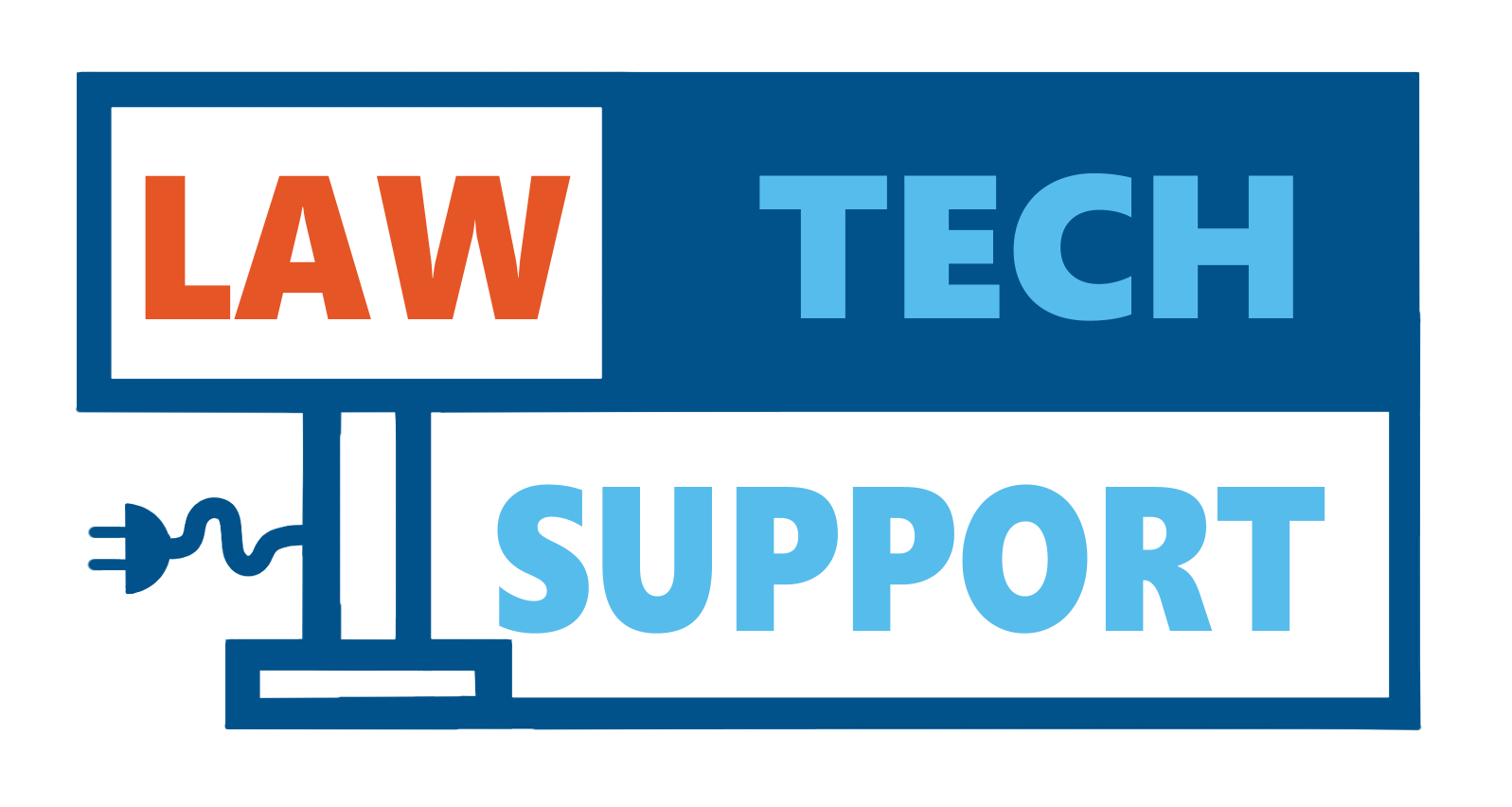Classroom Tech: Audio and Visual Settings in Zoom
If you are teaching a class in person, and will have a zoom screen as well for online students, there are certain audio and visual settings you will need to select. Please see the options below. Audio For the microphone, you will need to select the Echo Cancelling Speakerphone (Core-Mendenhall). For speakers, you should select […]
